To provide the best experiences, we use technologies like cookies to store and/or access device information. Consenting to these technologies will allow us to process data such as browsing behaviour or unique IDs on this site. Not consenting or withdrawing consent, may adversely affect certain features and functions.
The technical storage or access is strictly necessary for the legitimate purpose of enabling the use of a specific service explicitly requested by the subscriber or user, or for the sole purpose of carrying out the transmission of a communication over an electronic communications network.
The technical storage or access is necessary for the legitimate purpose of storing preferences that are not requested by the subscriber or user.
The technical storage or access that is used exclusively for statistical purposes.
The technical storage or access that is used exclusively for anonymous statistical purposes. Without a subpoena, voluntary compliance on the part of your Internet Service Provider, or additional records from a third party, information stored or retrieved for this purpose alone cannot usually be used to identify you.
The technical storage or access is required to create user profiles to send advertising, or to track the user on a website or across several websites for similar marketing purposes.
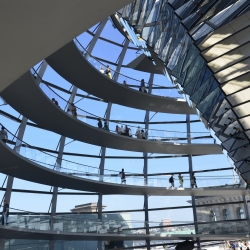 Global supply chains are incredibly complex, crossing multiple countries and borders. This complexity brings many challenges for businesses, including managing overseas suppliers, maintaining the flow of goods, and navigating currency fluctuations. One of the biggest challenges is the growing number of supply chain laws that companies need to understand and meet. More →
Global supply chains are incredibly complex, crossing multiple countries and borders. This complexity brings many challenges for businesses, including managing overseas suppliers, maintaining the flow of goods, and navigating currency fluctuations. One of the biggest challenges is the growing number of supply chain laws that companies need to understand and meet. More →




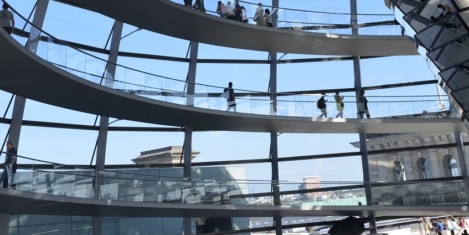
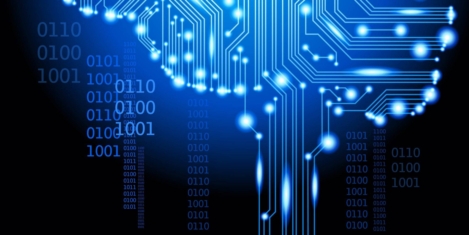





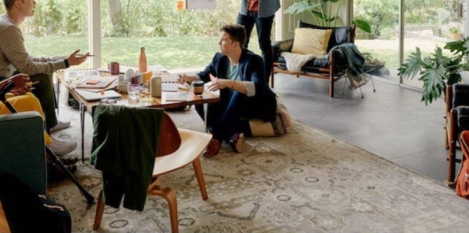
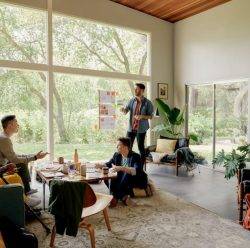



 The
The 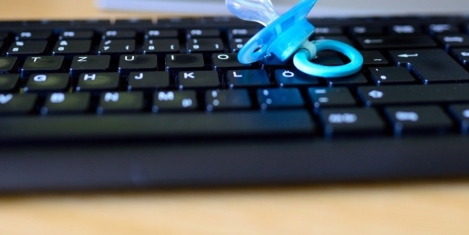
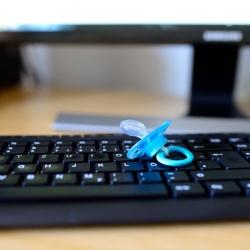 New research by the
New research by the 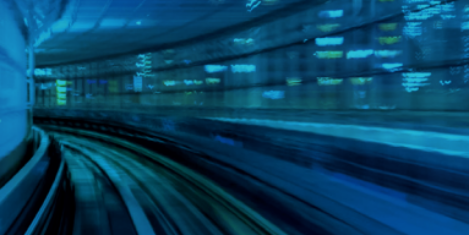
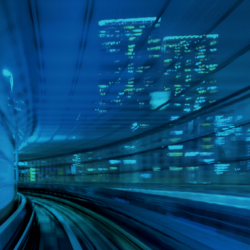 A flexible work culture is a key consideration for the majority of young workers when choosing a job, with over half (53 percent) of 18-34-year-olds claiming that talented young people won’t join companies that are inflexible about the way their people choose to work.
A flexible work culture is a key consideration for the majority of young workers when choosing a job, with over half (53 percent) of 18-34-year-olds claiming that talented young people won’t join companies that are inflexible about the way their people choose to work. 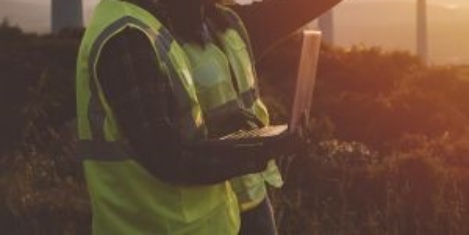
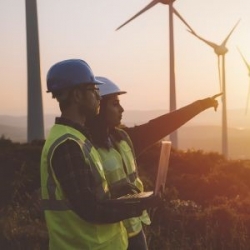 A new
A new 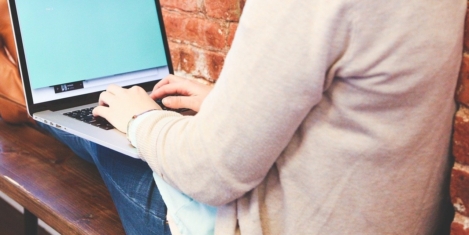
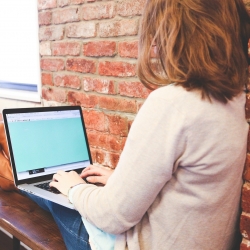 According to new research by the
According to new research by the 




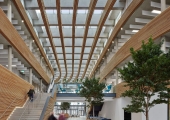
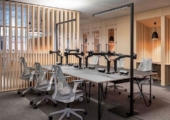


May 12, 2022
ESG ambitions should top organisational agendas
by Siobhan Byrnes • Comment, Environment, Wellbeing